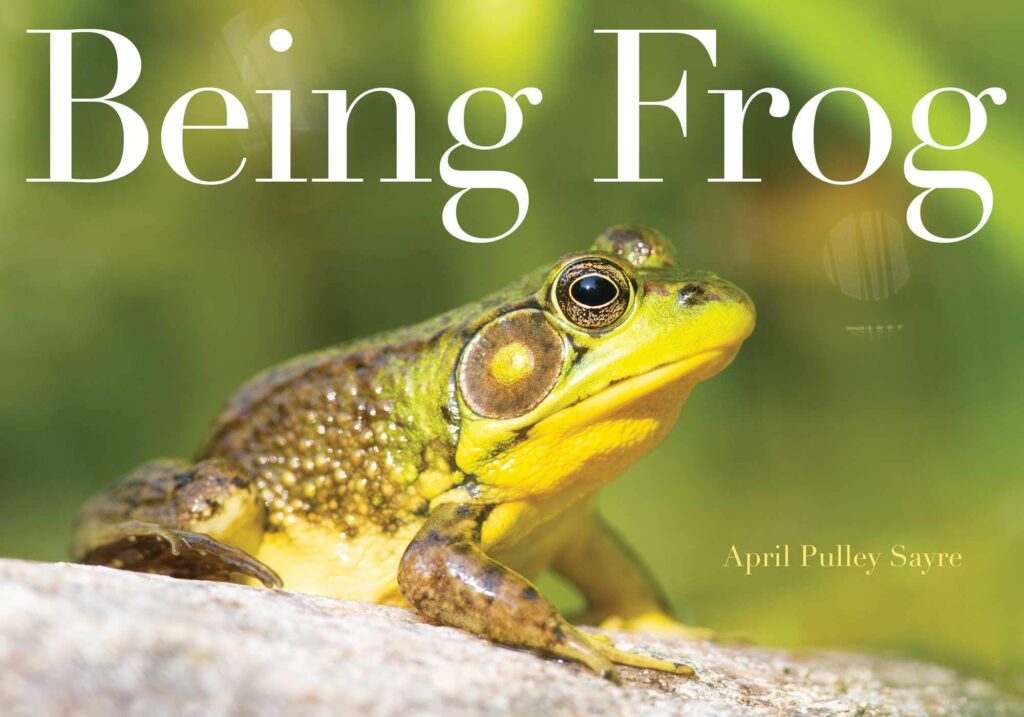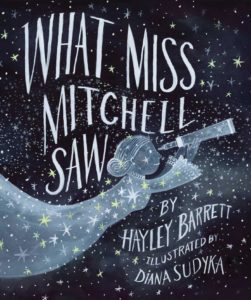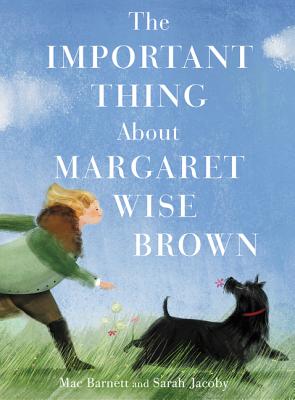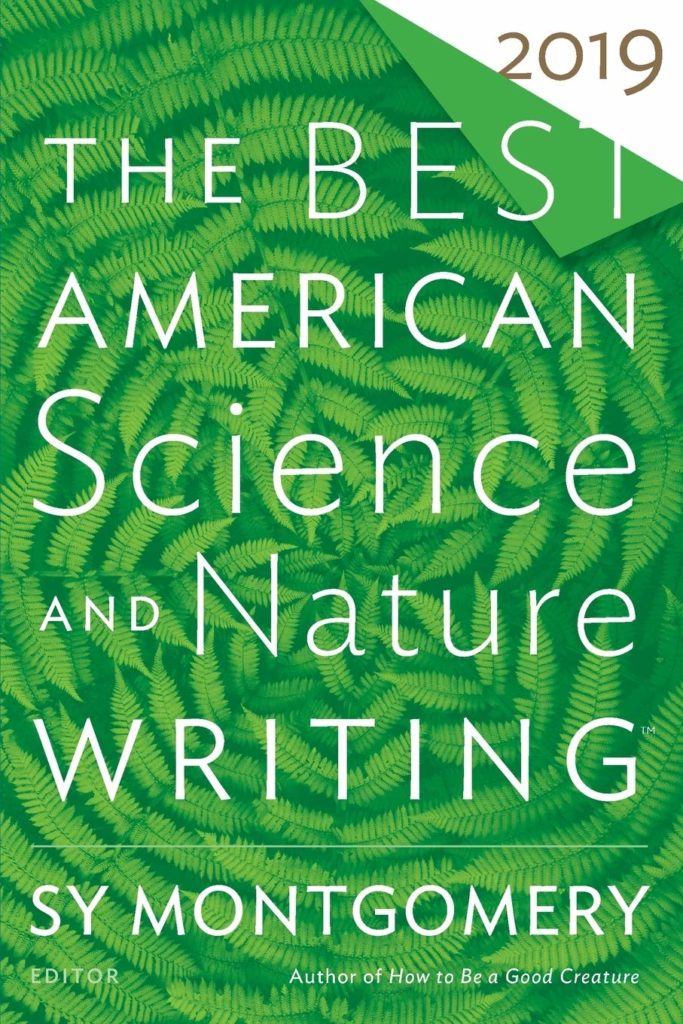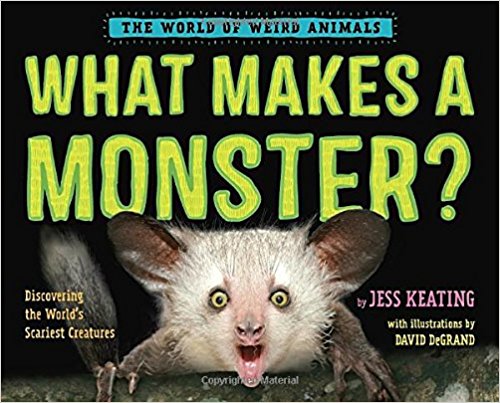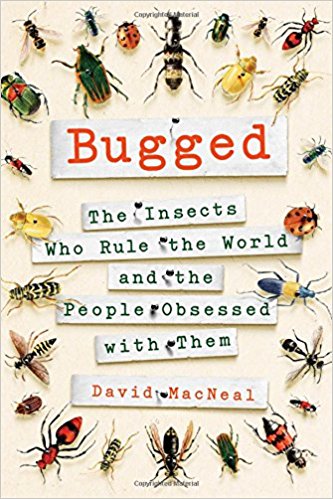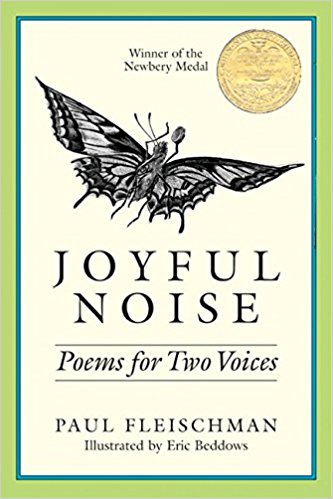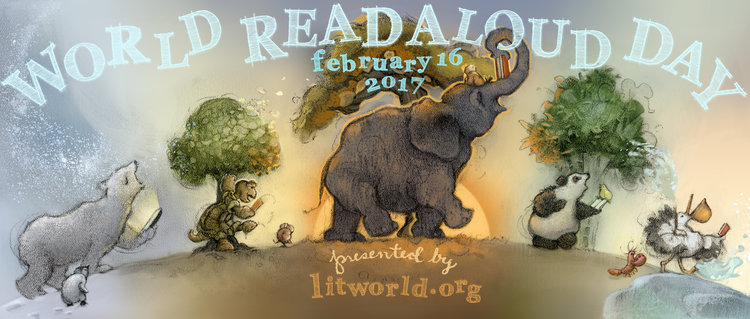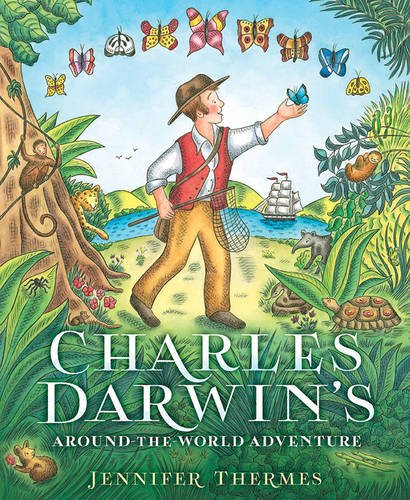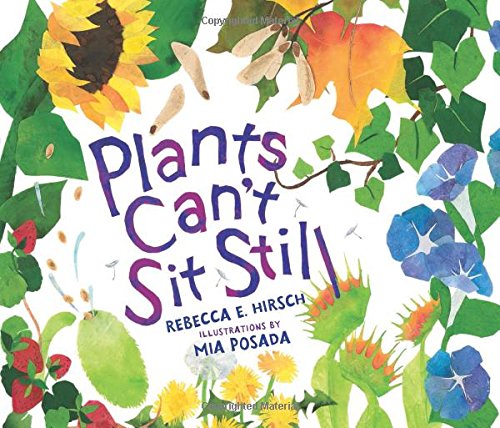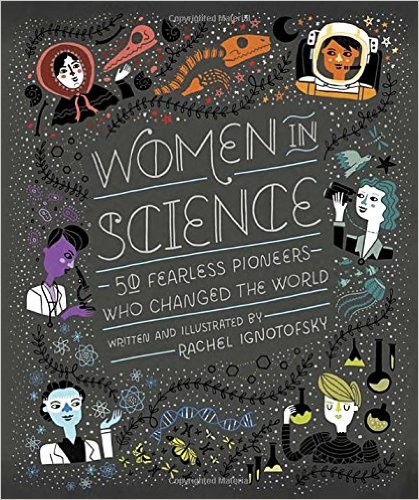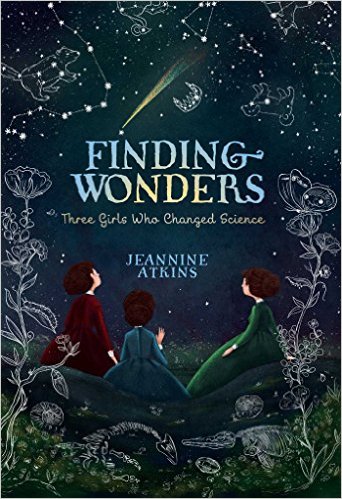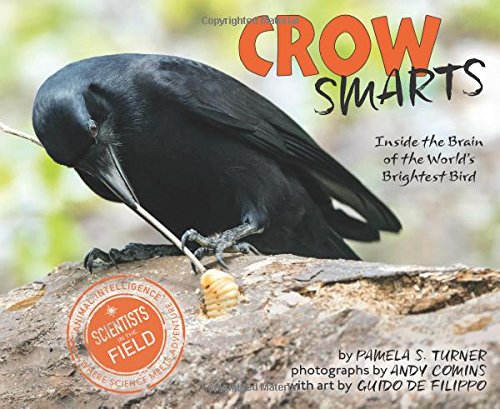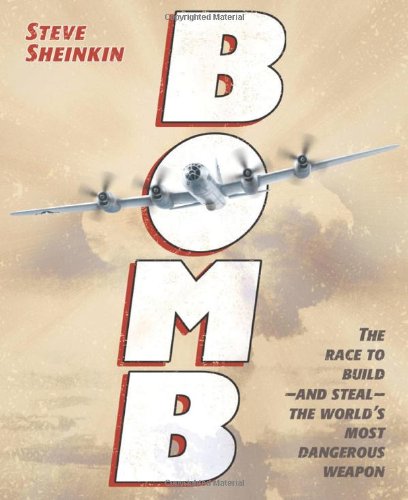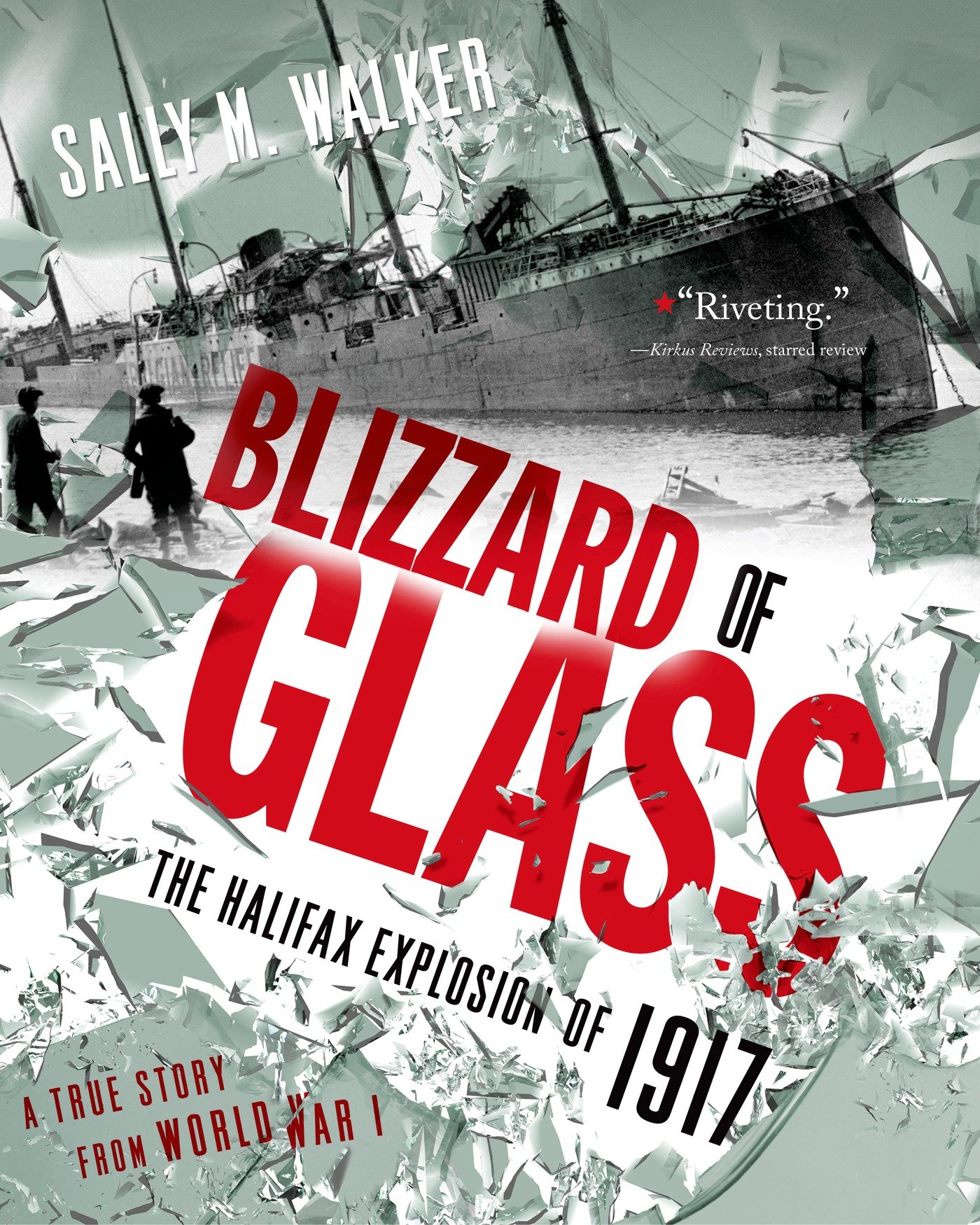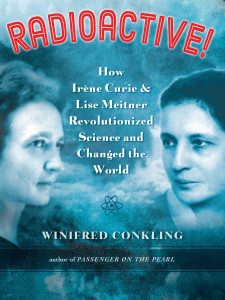If you’ve been here before, you know how inspired I was by last April’s March for Science. One of the commitments I made at the march was to do what I could to further science literacy in my community. Since I make my living writing about science for audiences of all ages, a book club featuring all things science was a no-brainer way for me to do this. I recently hosted a book talk at my hometown library, which I blogged about here, and with the help of the book lovers who showed up that day, have fashioned a new-fangled all-ages book group. And I’d like you to join it.
Unlike more traditional book clubs, ours will not focus on a single book, but rather on a single topic. Attendees can choose fiction or nonfiction, a children’s book or a young adult book or an adult book, a picture book or chapter book or graphic novel. Pretty much anything goes. The only requirements are that your book selection tie into our monthly theme, and that you’re willing to share a little bit about it with the rest of us.
Those of us who live in central Massachusetts can meet in person at the Beaman Memorial Library at 4 Newton Street in West Boyslton, Massachusetts on Tuesday, October 24 at 6:30pm. But if you don’t live in the area and would like to join in the fun, please do! I’ll be featuring themed book suggestions here on my blog each week, and anyone can participate here; my dream is that this book club thrive in the virtual world as well as the real one.
Since I’m organizing this Fill-in-the-Blank Book Club (FITBBC) shin-dig, I get to choose the first topic. And as y’all know, I’m a bit of a bug geek. So for this first meeting, we will fill in the blank with …
drum roll, please …
INSECTS!
I’ll be sharing some of my favorite insect-themed books on this blog in the coming weeks. At the same time, my friends at Beaman Memorial Public Library will be sharing their favorite insect books, too. (You can find them on Facebook and Instagram.) Please follow along as you’re able, and feel free to add your own book suggestions. You know what I always say: The more insect books, the merrier life is!
One last thing: this is an all ages book party, open to tweens, teens, and adults. I truly, really, surely, honestly hope you join the fun, and that you’ll think about inviting a kid or adult or neighbor or complete stranger to join in, too. Let’s share some time–and some books–with one another.
Happy Reading!
